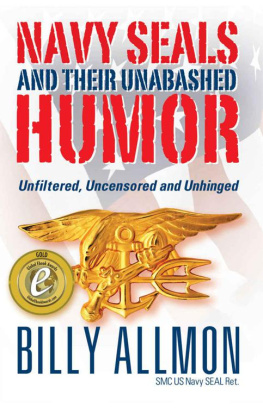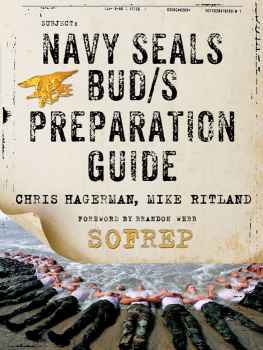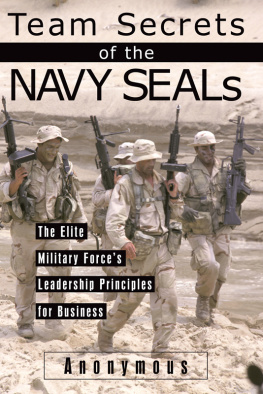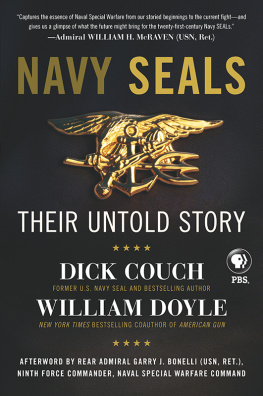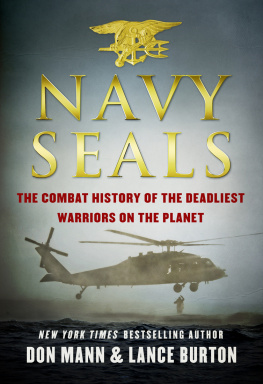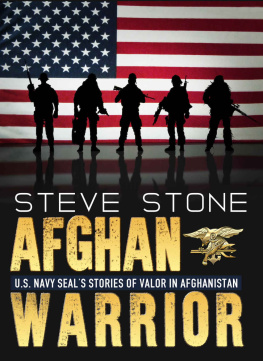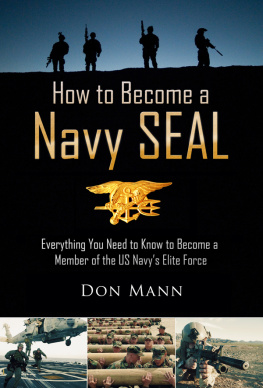
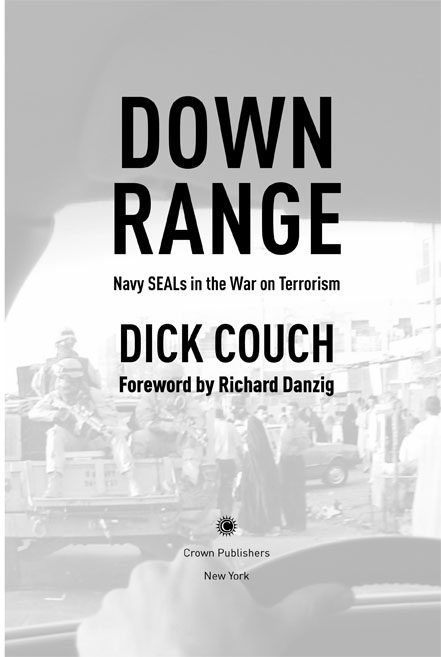
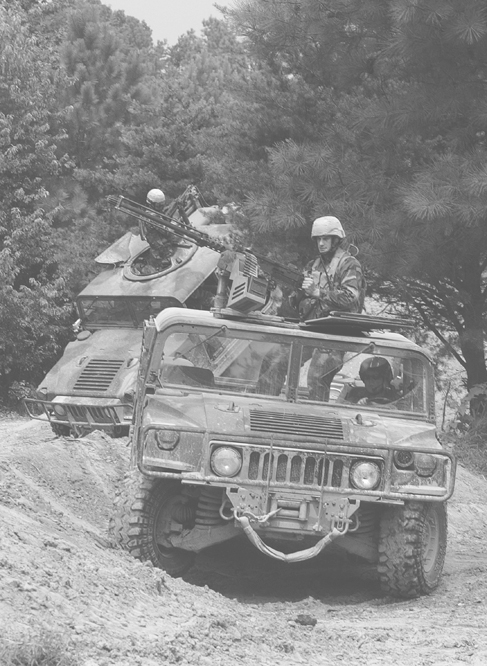
CONTENTS
For the Families
Navy SEALs are now going back down range on their third and fourth combat deployments. When they return home they are often away at a remote training site as they prepare for the next deployment. And there is no end in sight. When these men take their guns back to the fight, there are families who stand by these fathers, brothers, and sonsloved ones who anxiously wait for their return. They all live in fear of that phone call or knock on the door, the sedan with government plates that pulls into the driveway. We must not forget that the families of SEAL warriors, in their way, are downrange as well. Those of us who enjoy Americas blessings owe them a debt of gratitude for their patriotism and support. Thank you for your sacrifice.
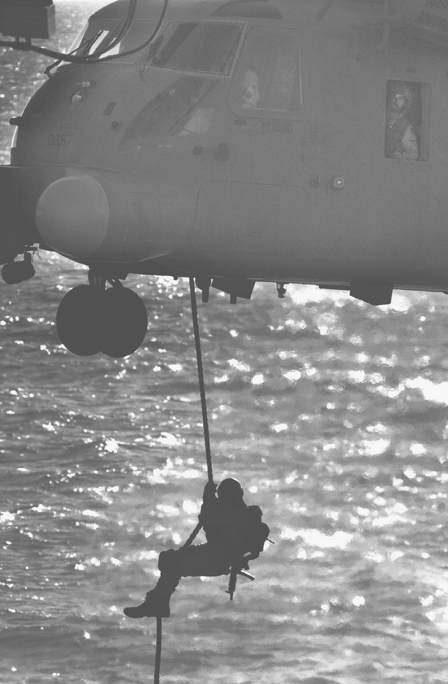
ACKNOWLEDGMENTS
A great deal of effort and attention went into telling the operational story of the Navy SEALs while respecting security protocols, as well as the privacy of individual SEAL operators. Fortunately, I had a lot of help from men returning from the fight and from various levels of command within the Naval Special Warfare community. My thanks to those whose stories appear within these pages. I hope I got it right, or as right as possible under my rules of engagement. For those of you who told me some great stories, but for security or editorial reasons could not be part of this work, thank you as well. And for those of you who courteously listened while I swapped a war story from another era, thanks for your kindness and patience. Finally, for all the SEAL operators who continue to take your guns back down range, I and the rest of America cannot thank you enough.
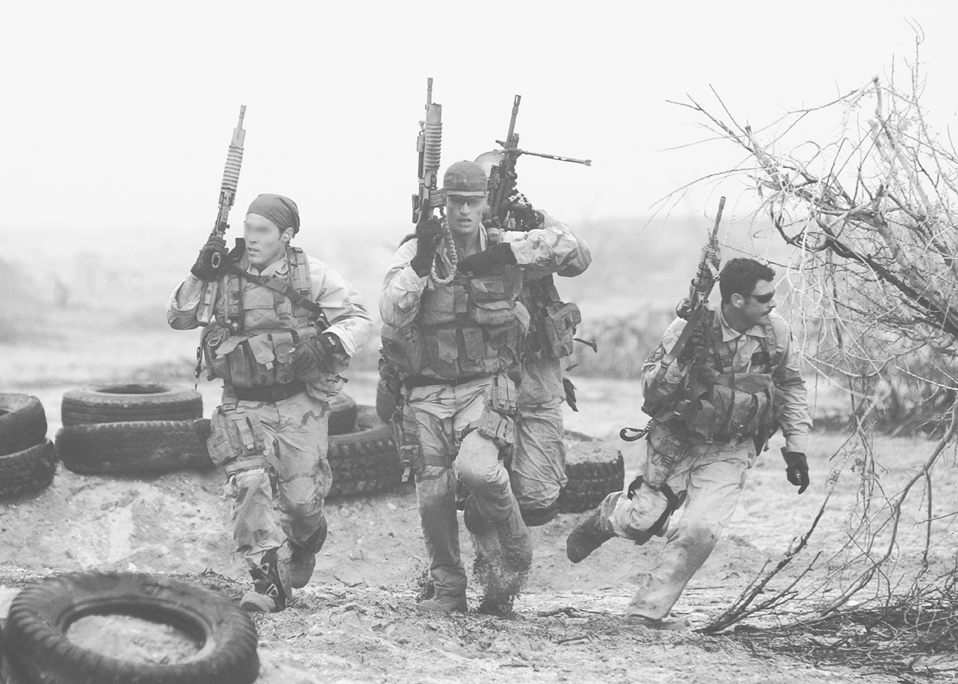
FOREWORD
Y ou can read this book in any of four ways. Most narrowly, it is, of course, a portrait of that singular and typically secretive band of warriors, the Navy SEALs. In these pages, you will hear the voices of the silent and see the faces of the invisible. Dick Couch, who retired in 1997 from the Naval Reserve, was one of these warriors. The SEALs have given him access that no one else enjoys. In two previous books, he has compellingly described their rigorous selection, grueling training, and intensive mission preparation. Here, after a brief recapitulation of their physical, mental, moral, and skills training, he chronicles their most recent exploits. We see how the SEALs meet very diverse challenges underwater in the Persian Gulf, in the mountains and valleys of Afghanistan, and in the cities of Iraq. And we observe how these challenges transform the SEALs, so that their twenty-first-century command structure, mission planning, and deployment patterns are notably different from those envisioned at the end of the twentieth century.
A second approach to this book is to read it for its insight into our military as a whole. Because the SEALs dont work alone, these pages are populated by soldiers, marines, sailors, and airmen. (Nor are all of them American. The British and the Poles appear here to play important roles.) Because war is a come-as-you-are activity, unpredicted combinations and permutations of forces are called into play. This study of the SEALs in action accordingly, inevitably, and properly becomes a study of how our forces areand are notmarshaled, deployed, and coordinated to meet diverse ends.
More broadly, these pages provide a close-up view of some of the most important fronts in the war on terrorism. This is a personal war. As Captain Couch has often said, al-Qaeda doesnt have submarines or combat aircraft. To understand the military aspects of this war, you have to be with the troops on the ground. Opportunities to adopt this viewpoint are rare. This book offers one because SEAL missions, by definition, involve close contact. They are at the opposite end of the spectrum from missiles fired from a distance and impersonally destroying everything within a range of where they land. When al-Qaeda hides in Afghanistans Zhawar Kili Valley, it is the SEALs who go in to discover and dismember the worlds largest complex of caves populated with terrorists and their munitions. Couch takes you there with them in chapter 4. In Iraqi cities like Baghdad and Mosul, Dick Couch follows the SEALs as they undertake missions in urban terrain. Chapter 6 takes you along.
Finally, though, this book can be read as a case study in the motivation, organization, and conduct of operationsoperations of any kind. Viewed narrowly, these are war stories. But at a deeper level, they are object lessons in how to do things that are difficult and dangerous. Why, it may reasonably be asked, is America so successful in its military, but not in its school systems, its health care, its gathering of intelligence, its stewardship of the environment? One reasonI think the dominant reasonis that we invest systematically, persistently, and richly in our military. This book shows how SEALs are chosen with great care and then tested and screened afresh so that only the mentally and physically strongest are finally selected. We may not be able to afford that in all contexts. But beyond this, we organize them in hierarchies; we recognize and celebrate their achievements; we demand qualities of character as well as skill; we train, we train, we train; we define tasks as missions and demand preparation; we build teams whose watchword is trust; we design equipment to maximize efficacy and minimize risk.
These characteristics are sadly lacking in other domains, even national security domains. In our new Department of Homeland Security, for example, the occasional one- and two-day crisis training exercises compare badly with the SEALs years of preparation; our ad hoc procedures in domestic crises reflect too little of the learning from SEAL mission planning; our blurred civilian hierarchies and changing teams contradict the lessons in these pages; our only incidental references to character and commitment contrast with the position of these virtues at the core of the activities described in this book. And if these criticisms are true for our domestic security programs, how much more valid are they for our teachers, our hospital workers, and others who work with inadequate resources, largely in isolation, often with indifference to each other?
This book can be read as a record of success in far-off places with operations often conducted in secrecy. But you also can read these accounts as models of what can be done when we care enough to get things right. If you approach this book in this manner, you will be left at the end asking yourself: Why dont we do more things this way?
Richard Danzig
Senior Fellow, Center for Naval Analyses
Secretary of the Navy (19982001)
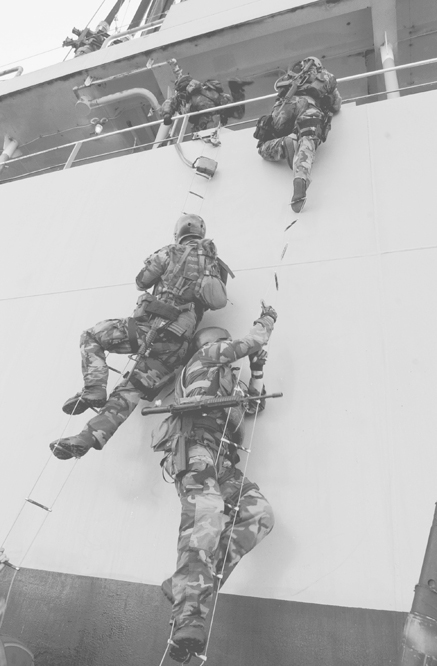
Next page




